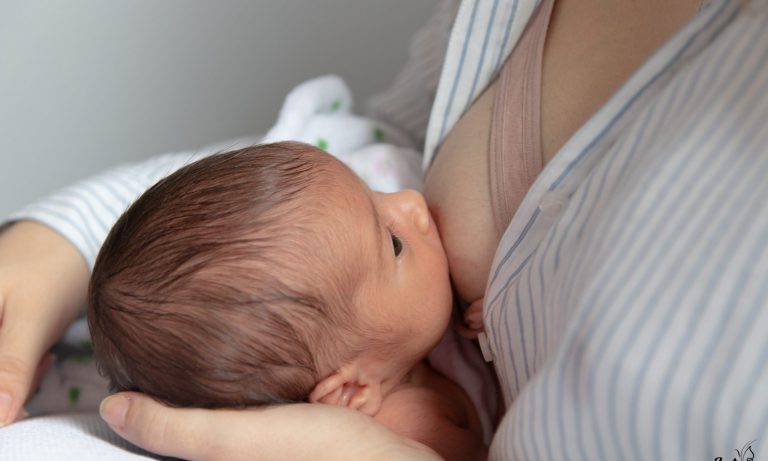Sentidos do Nascer: effects of an interactive exhibition on the transformation of perception about delivery and childbirth
Sonia Lansky e Bernardo de Oliveira
Project name
About
For the first time in Brazil, the study developed and implemented an artistic exhibition, Sentidos do Nascer, as a health education intervention to alter participants’ perceptions of delivery and childbirth, encouraging the appreciation of normal childbirth and the reduction of unnecessary cesarean sections and prematurity. The researchers measured the effect of the display on changes in participants’ perceptions and behaviors – including pregnant women – to see if it could be turned into a public health tool.
How was the experiment
Between 2015 and 2019, the project team set up 14 exhibitions – both fixed and mobile – in the cities of Belo Horizonte, Rio de Janeiro, Niterói, Ceilândia and Brasília. Analyses of the effects of the intervention on the participants was carried out in two ways: via a questionnaire, which people answered on a totem installed at the end of the exhibition, and the follow up surveys with pregnant women. The questionnaire was completed by 20 percent of visitors before and 20 percent of visitors after the exhibition. In addition, all 1,297 pregnant women who were exposed to the content of the exhibition completed a questionnaire. 650 (43 percent) of these women were also monitored through telephone interviews after delivery. The objective was to assess whether their delivery had been normal or cesarean, the use of evidence-based practices during labor, and the rates of prematurity and breastfeeding.
Why is it innovative
The project aims to verify, for the first time, whether it is possible to transform sensory exposure into a public health tool to encourage normal childbirth, thereby reducing unnecessary cesarean sections and their side effects, such as prematurity.
Problem that solves
Unnecessary cesarean sections and prematurity are associated with high rates of maternal and neonatal mortality. Brazil is among the countries that most frequently resorts to these surgical interventions. In 2018, they accounted for 55 percent of births in the country. According to the WHO, cesarean sections are only needed in 10 to 15 percent of cases. The prematurity rate in Brazil is also high, at 11.5 percent, and well above the rate of 6 to 7 percent recommended by the WHO. Although they have not carried out cost-effectiveness analyses, the researchers estimate that the cost of the installation of the exhibition would be between 80 thousand reais for a fixed structure and 130 thousand reais for a mobile structure, which moves easily to different cities and towns. It requires six to eight people per relocation.
Solution cost
Embora não tenham realizado análises de custo-efetividade, os pesquisadores estimam que a instalação da exposição custe entre 80 mil reais, para montar uma estrutura fixa, e 130 mil reais para a itinerante, que se move facilmente a diversas cidades e exige de oito a seis pessoas por turno.
Implications for the brazilian health system
The results demonstrate that exposure to the exhibit was effective in changing beliefs about childbirth and can be used as a tool to raise awareness among more people in other cities throughout Brazil.
Implications for global health
With the appropriate language and content adaptations to the exhibition, it is possible to expand the program to other countries as a way to promote gender equity, and reduce maternal and neonatal mortality, all objectives of the United Nations’ Sustainable Development Goals.
Next steps
Researchers are also exploring ways to expand the experience to more participants virtually, using new technologies such as virtual reality to scale the intervention and reach more people.
Published studies
Article about the project
The experience of being born that changes behaviors and beliefs about normal labor
Related projects



